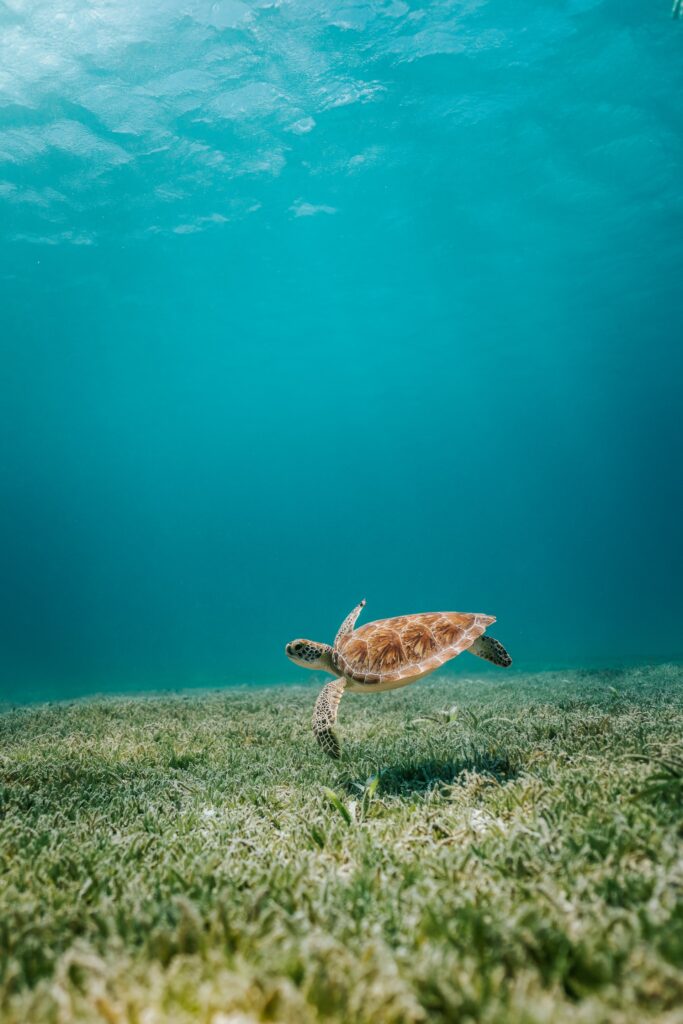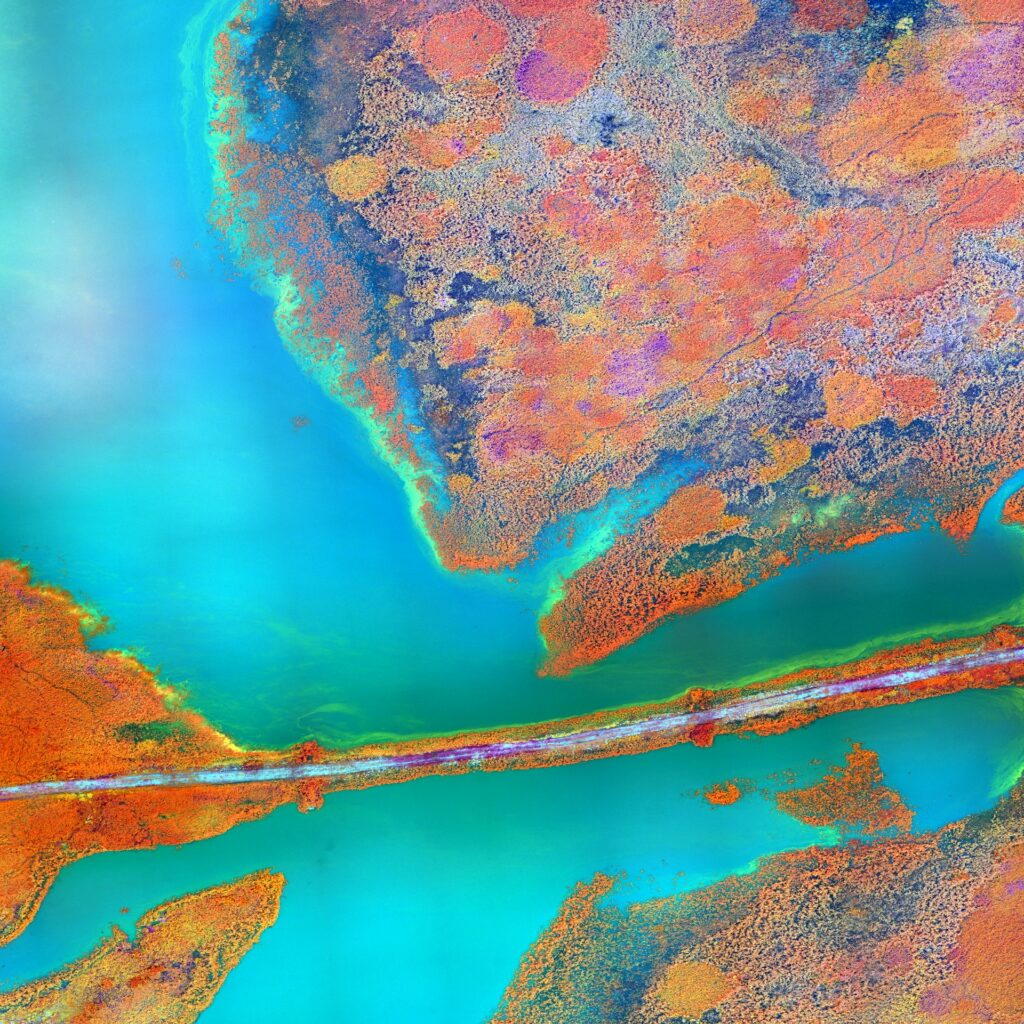Article Summary:
- Exploring the fascinating behavior of sea turtles during nesting season, from the journey to their preferred nesting sites to their extraordinary nesting habits.
- Unraveling the mystery of sea turtle nest construction and the egg-laying process, including how nest temperature affects incubation and hatchling emergence.
- Investigating the different challenges that sea turtles face during nesting season, from natural threats to human-induced disturbances.
- Highlighting the crucial role of human interaction in sea turtle conservation, from potential disturbances to active involvement in nest protection and management.
- Spotlighting various conservation efforts, with an emphasis on the power of knowledge and the importance of community engagement in safeguarding sea turtle populations.
As you delve into the depths of the oceanic world, myriad mysteries unveil themselves. Among them is the mesmerizing spectacle of sea turtles during their nesting season—a performance choreographed by nature itself, demanding a thorough exploration. In this riveting exposition, we’ll journey into the heart of the sea turtle nesting behavior, diving into the intricate nesting habits of sea turtles, and unraveling the secrets of their nesting cycle. Let’s wade together into these enchanting waters, where the moonlit dance of life unfurls on sandy shores.
A Cyclic Journey: Unraveling the Sea Turtle Nesting Cycle
The nesting season of sea turtles is a cyclic pilgrimage, a ritual passed down through countless generations. Every two to four years, female sea turtles embark on this phenomenal journey back to their natal beaches—the very sandbanks where they were hatched. The familiarity of these ancestral homes etched in their memories triggers the start of a deeply ingrained nesting behavior that varies between different sea turtle species.
“Every turtle nesting story is a testament to the resilience and the fortitude these remarkable creatures exhibit, a testament to the undying perseverance of life itself.”
Maps on the Sand: Sea Turtle Nesting Sites and Patterns
Nesting sites are chosen with care, for each nesting pattern reveals a unique understanding of the environment. A remarkable confluence of temperature, moisture, and distance from the sea guides the selection. While some species, like the leatherbacks, lay their eggs further inland, others, like the loggerheads and green turtles, prefer areas closer to the water’s edge. This nuanced nesting behavior of different sea turtle species reflects the adaptability of these creatures in the face of a shifting world.
However, these nesting practices are not set in stone, for they are part of a dynamic sea turtle nesting ecology, constantly changing, constantly evolving. It is a breathtaking symphony that harmoniously unites sea turtle nesting biology with the rhythm of the earth and the song of the sea.
The Nest: An Architectural Marvel
The sea turtle nest construction process is a fascinating feat of natural engineering. With her rear flippers, the female turtle meticulously digs a pit, ensuring its dimensions can accommodate the imminent clutch of eggs. This delicate sea turtle egg-laying process is a labor of love, each egg placed gently within the nest to maximize its chance of survival.
After laying, the mother carefully refills the nest with sand, camouflaging the site from potential predators—a testament to the thoughtful nature of the sea turtle nesting behavior. Finally, she returns to the sea, leaving behind a concealed treasure trove of life, and a new chapter in the ongoing story of her species begins. A sea turtle nest monitoring program’s role is critical at this juncture, ensuring the conservation and continuation of these majestic oceanic travelers.

The Fight for Survival: Threats to Sea Turtle Nests
The nesting journey is only half the battle for these resilient creatures. The road to survival for each sea turtle egg is fraught with hazards. Threats to sea turtle nests range from natural predators to human-induced disturbances.
Predators of sea turtle nests — like crabs, foxes, and birds — may plunder the nests for eggs, a delicacy in the animal kingdom. Yet, the danger doesn’t just lurk in the form of other creatures. Anthropogenic disturbances, such as artificial lighting and coastal development, threaten the sea turtle nesting success rates.
“Survival isn’t a given; it’s earned through an ongoing battle against the odds, waged from the moment the first grain of sand covers the eggs.”
Safeguarding the Future: Sea Turtle Nest Protection
Sea turtle nest protection initiatives play an instrumental role in preserving these incredible creatures’ future. Conservationists and local communities around the world work tirelessly to guard these precious nests during the hatching season, warding off predators, and ensuring minimal human disruption.
With an eye on the sea turtle nest hatching success, dedicated efforts are made towards sea turtle nest relocation in threatening situations, securing a safer environment for the hatchlings’ emergence. The understanding of sea turtle nesting population trends and sea turtle nest excavation further aid these endeavors.
A Delicate Balance: Impact of Climate Change on Sea Turtle Nesting
Perhaps the most significant, and definitely the most insidious threat to sea turtle nesting, is climate change. Rising temperatures can skew the sex ratios of hatchlings, as the gender in these creatures is determined by the nest temperature and incubation period. Warmer nests produce more females, threatening the balance necessary for healthy reproduction.
Sea-level rise and increased storm intensity can further lead to the loss of nesting beaches, disturbing the nesting behavior of sea turtles. As such, the impact of climate change on sea turtle nesting is profound, necessitating immediate attention and action.

In the final part of our exploration, we will delve deeper into the human interaction with these nesting sites, along with the ongoing conservation efforts to ensure the survival and prosperity of sea turtles.
The Human Factor: Interaction with Sea Turtle Nesting Areas
Human interaction with sea turtle nesting areas can be both a boon and a bane. On the one hand, unchecked human activities — such as coastal development, light pollution, and recreational beach use — can severely disrupt sea turtle nesting patterns. Disturbances from these activities can deter female turtles from nesting or disorient emerging hatchlings, leading to decreased survival rates.
On the other hand, human involvement is essential for effective sea turtle nest management practices. It’s the efforts of researchers, volunteers, and conservation-minded beach-goers that make a difference in safeguarding these marine marvels.
“It’s not about distancing ourselves, but about learning to coexist. Every step we tread lighter on these beaches is a victory in itself.”
The Guarding Angels: Sea Turtle Nest Conservation Methods
Conservation efforts for sea turtle nesting sites are at the heart of ensuring the survival of these ancient mariners. These range from establishing protected areas and regulating beachfront lighting to conducting public awareness campaigns and working with local communities to mitigate human-induced threats.
Efforts also include monitoring and research to determine sea turtle nest predation rates and identify other potential risks, such as disease or pollution. Knowledge is, after all, power, and it’s through understanding that we can best protect.
In Conclusion: Every Turtle Counts
At the end of the day, the behavior of sea turtles during nesting season is a miraculous display of nature’s resilience and complexity. Each nest secured, each hatchling reaching the sea, is a triumph of life over adversity. And every effort we make to safeguard these creatures — every sea turtle nest conserved, every disturbance minimized — contributes to the enduring dance of survival played out on our shores every year.
“In every grain of sand, in every turtle’s determined crawl, there is a story — a story of endurance, of survival, and of hope. And we are not just observers; we are part of this story.”
So, as we wrap up our journey into the mysterious world of sea turtle nesting behavior, let’s remember that these creatures aren’t just fascinating marine animals. They’re symbols of the ocean’s enduring heartbeat, representatives of the delicate balance that is our world. And it’s our responsibility, as fellow earthlings, to ensure this heartbeat continues to pulse, strong and steady, for generations to come.

